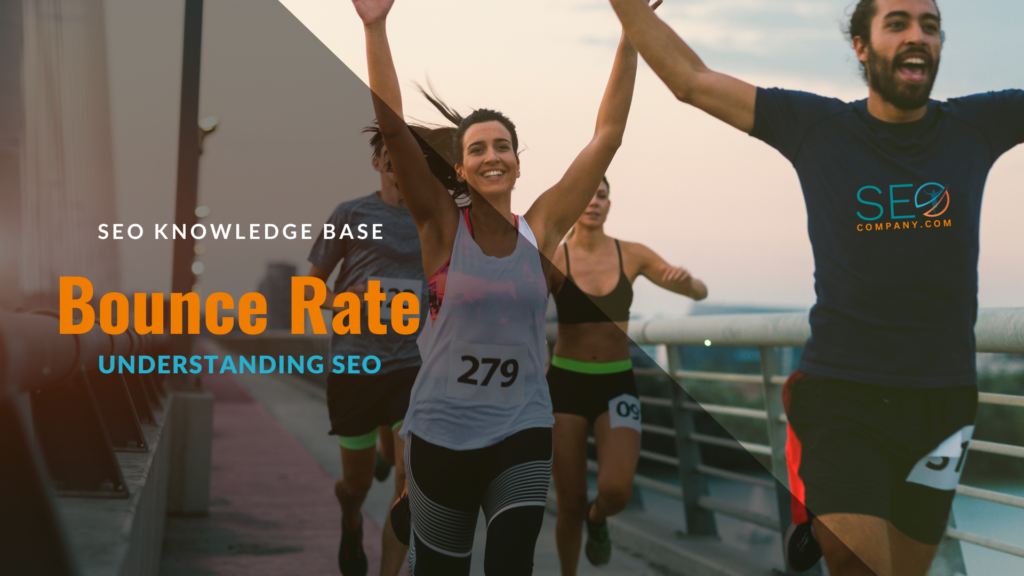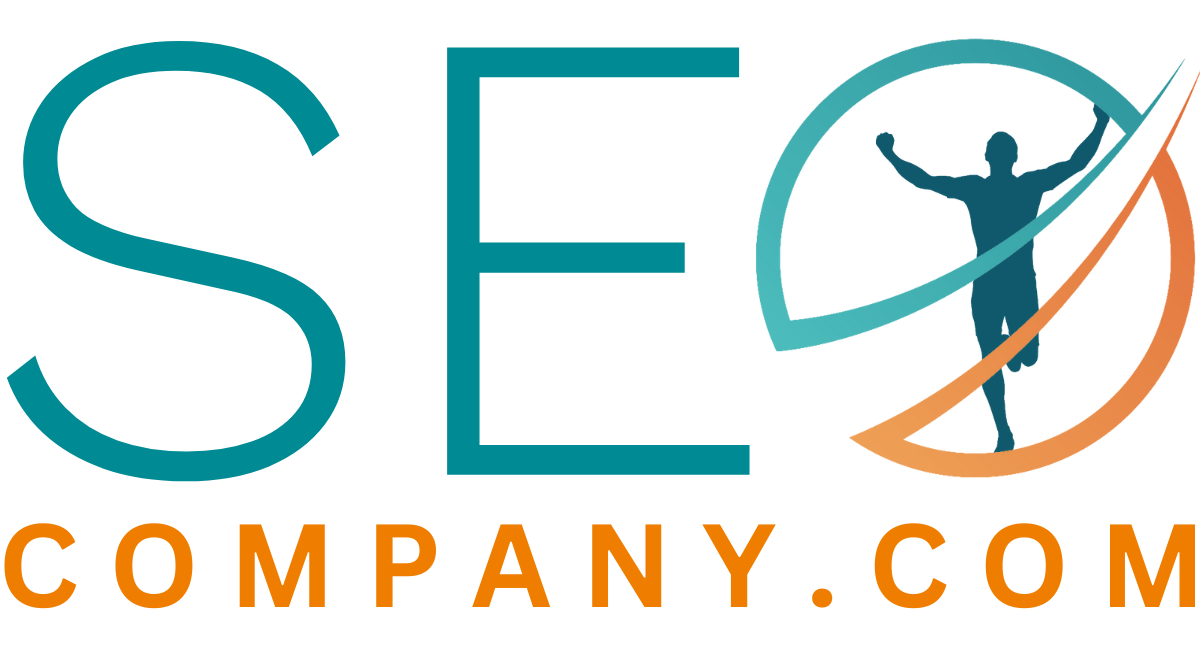
What is Bounce Rate?
Bounce rate is a metric used in digital marketing analytics to measure the percentage of visitors who land on a website and then leave without interacting with any other pages on the site. In other words, it is the percentage of single-page sessions, where a user leaves the website after viewing only one page.
How to Calculate Bounce Rates
Bounce rate is calculated by dividing the number of single-page sessions by the total number of sessions. For example, if a website had 100 total sessions and 40 of them were single-page sessions, the bounce rate would be 40%.
Bounce rates are an important metric for website owners to monitor because it can indicate whether their website is engaging and providing valuable content to visitors. High bounce rates can suggest that the website is not meeting visitors’ expectations, either because the content is not relevant or the user experience is poor. On the other hand, low bounce rates can indicate that visitors are finding what they need on the website and are motivated to explore further.
Relationship to Web Design
Web design plays a crucial role in affecting bounce rates. If a website is poorly designed, with confusing navigation or slow load times, visitors are more likely to leave after viewing only one page. A clean and intuitive design, with clear calls to action and fast load times, can help reduce bounce rates by encouraging visitors to explore the website further.
Accessibility
Accessibility is another factor that can impact the bounce rate. If a website is difficult to use for people with disabilities, they may leave after viewing only one page. Ensuring that a website is accessible to all visitors can help reduce bounce rates and increase engagement.
Bounce Rate and Search Engine Optimization (SEO)
Bounce rate can also have an impact on search engine optimization (SEO). While bounce rates are not a direct ranking factor in Google’s algorithm, they can indirectly affect rankings. If visitors are bouncing from a website quickly, it can indicate to Google that the website is not providing valuable content, which can lead to lower rankings. On the other hand, if visitors are engaging with a website and spending more time on it, Google may interpret that as a signal that the website is providing value and may rank it higher.
However, it’s important to note that bounce rates can vary depending on the type of website and the goals of the page. For example, a landing page designed to encourage visitors to sign up for a newsletter may have a higher bounce rate because visitors are completing the desired action and then leaving the website. In this case, a high bounce rate may not necessarily be a bad thing.
History and Usage
Bounce rate has been a metric used in web analytics since the early 2000s. Originally, it was used primarily as a tool for measuring the effectiveness of advertising campaigns, particularly in the context of pay-per-click (PPC) advertising. Advertisers could use bounce rate to determine whether visitors who clicked on their ads were staying on their websites or leaving immediately.
Over time, bounce rate has become a more widely used metric for measuring website engagement and user experience. Today, it is commonly included in web analytics platforms such as Google Analytics and is used by website owners to monitor and improve their websites.
Common Questions About Bounce Rates
Q: What is a good bounce rate?
A: The ideal bounce rate varies depending on the type of website and the goals of the page. As a general rule of thumb, a bounce rate of 40% or lower is considered good, while bounce rates of 50% or higher may indicate that there are issues with the website’s content or user experience.
Q: How can I reduce bounce rate?
A: There are several strategies for reducing bounce rates, including improving website design, creating high-quality content, optimizing page load times, and providing clear calls to action.
Q: Is a high bounce rate always bad?
A: Not necessarily. As mentioned earlier, a high bounce rate may be appropriate for certain types of pages, such as landing pages designed to encourage visitors to complete a specific action. It’s important to consider the context of the page and the goals of the website when evaluating bounce rate.
Q: Can a high bounce rate hurt my search engine rankings?
A: While bounce rate is not a direct ranking factor, it can indirectly affect rankings. If a website has a high bounce rate, it may indicate to search engines that the website is not providing valuable content to visitors, which could lead to lower rankings. However, a high bounce rate is not always a bad thing, as discussed above.
Q: How accurate is bounce rate as a metric?
A: Bounce rate can be a useful metric for measuring website engagement and user experience, but it’s important to keep in mind that it has limitations. For example, bounce rate doesn’t take into account how long a visitor spent on a page before leaving, or whether they interacted with any elements on the page (such as videos or forms). As with any metric, it’s important to use bounce rates in conjunction with other metrics to get a more complete picture of website performance.
Caution Regarding Black Hat Techniques
It’s important to note that there are black hat techniques that can artificially lower bounce rates, such as using pop-ups or auto-playing videos to force visitors to interact with multiple pages. These techniques are not recommended, as they can negatively impact user experience and violate Google’s guidelines. Google has stated that they consider any technique that manipulates metrics (such as bounce rates) to be against their guidelines and could lead to penalties. Therefore, it’s important to focus on creating high-quality content and providing a positive user experience, rather than artificially manipulating metrics.
In conclusion, bounce rate is a valuable metric for measuring website engagement and user experience. While it has limitations and should be used in conjunction with other metrics, it can provide insights into how visitors are interacting with a website and where improvements can be made. By focusing on creating high-quality content, optimizing page load times, and providing a positive user experience, website owners can reduce bounce rate and increase engagement.
